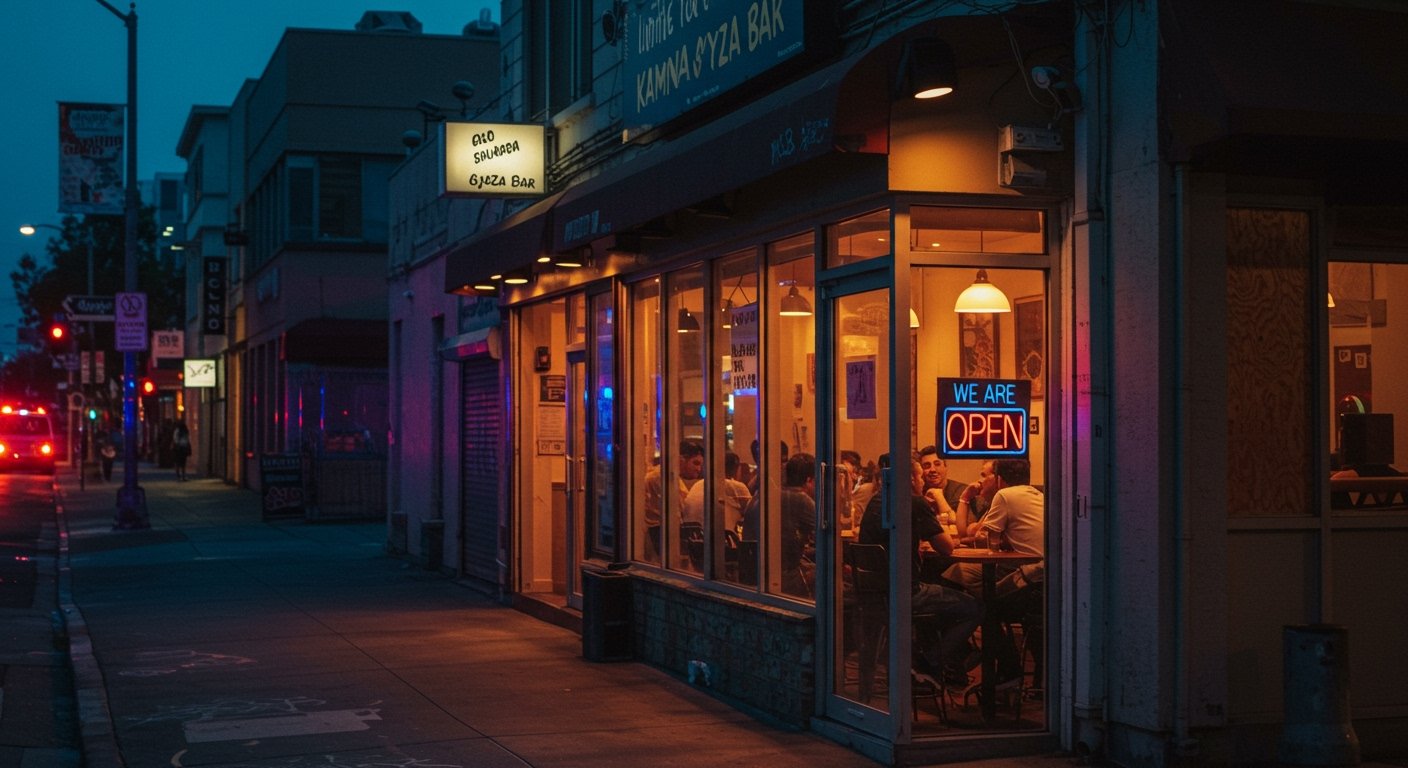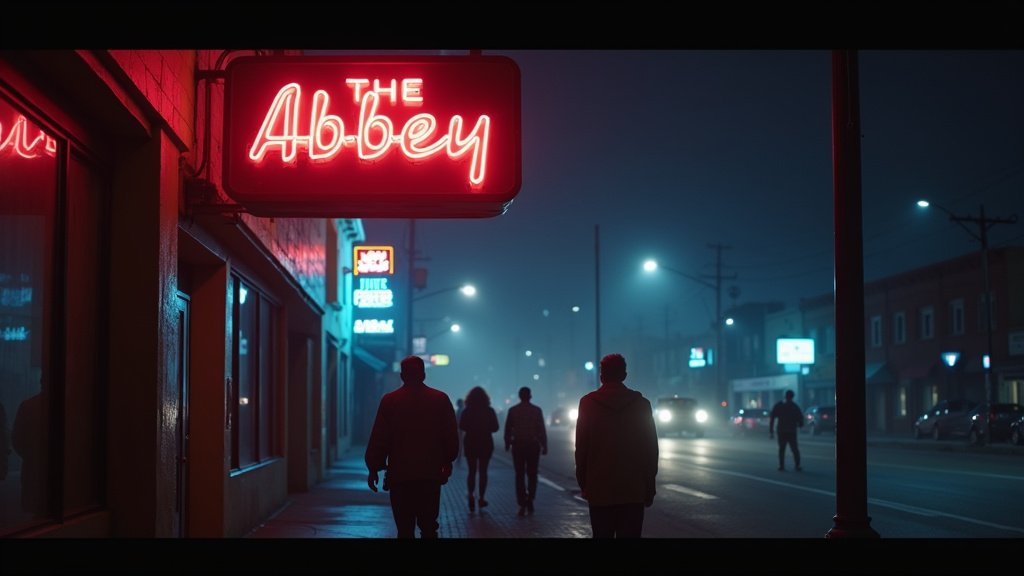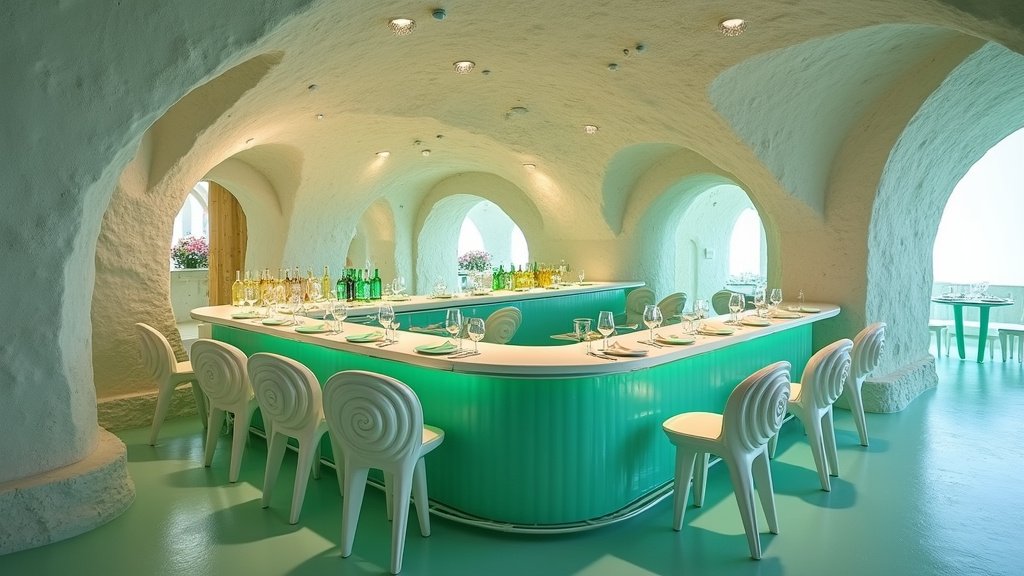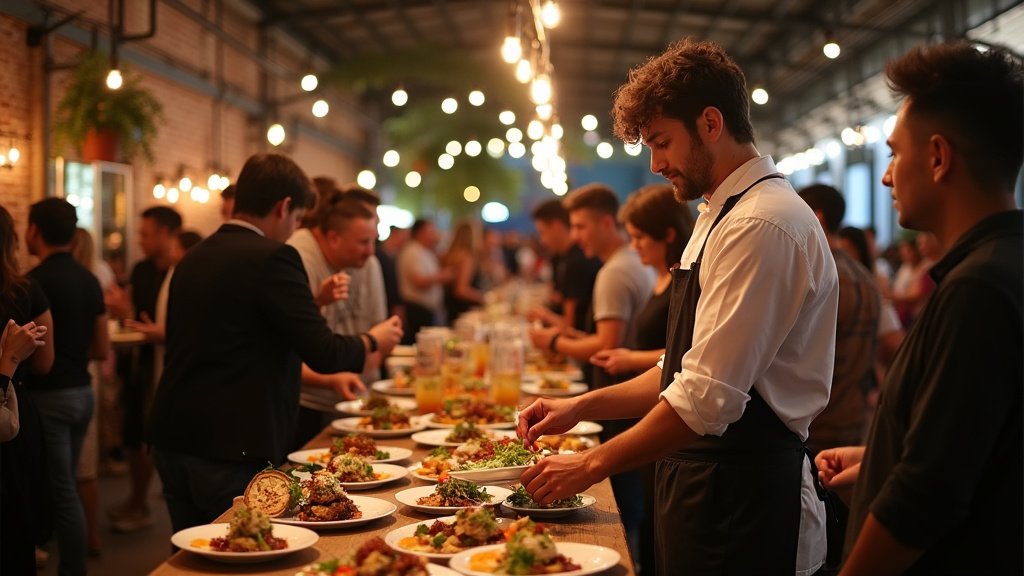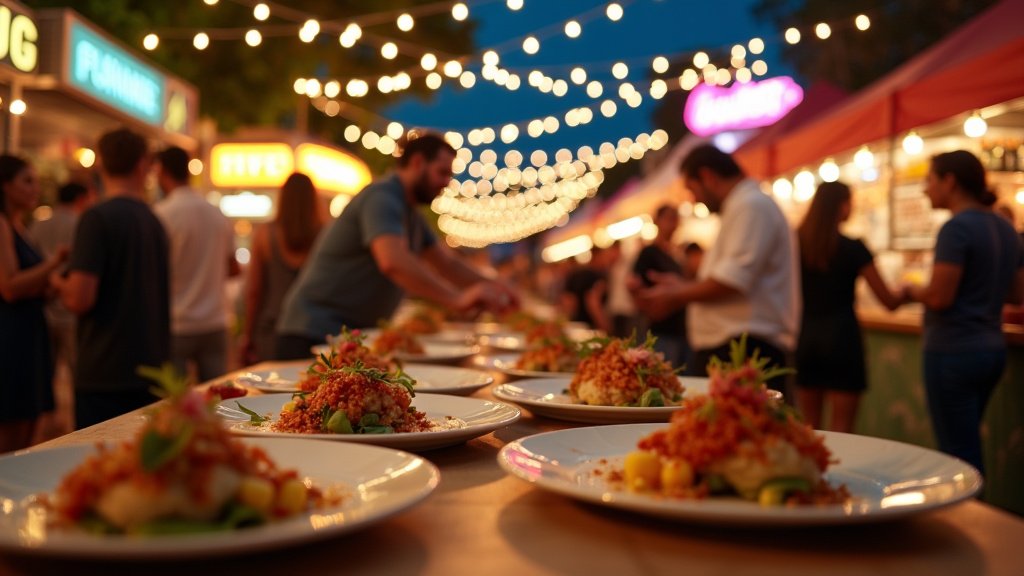LOS ANGELES – Downtown Los Angeles restaurants and bars are navigating a complex period of recovery following recent civil unrest and temporary curfews that disrupted operations and led to significant business losses. Despite the challenges, including canceled reservations and visible damage, the message from businesses and authorities is clear: downtown is safe to visit, and its vibrant dining scene is open and ready to welcome patrons.
Recent weeks saw parts of the city’s core affected by demonstrations, prompting proactive measures intended to manage potential unrest. Mayor Karen Bass enacted an 8 p.m. to 6 a.m. curfew specifically for downtown Los Angeles. While the curfew was a temporary measure lifted as protests subsided, its imposition, coupled with the uncertainty generated by the demonstrations, significantly impacted the hospitality sector.
Navigating Economic Headwinds
The recent events have added another layer of difficulty for an industry already struggling with a confluence of adverse conditions over the past five years. Local establishments have contended with significant business downturns stemming from the prolonged pandemic, the disruptive Hollywood strikes, and various fires that have affected parts of the region. The recent protests and curfews forced restaurants and bars to close temporarily or adjust their business models, further eroding their fragile financial stability.
Adding to the economic strain, many patrons canceled reservations, some made weeks or even months in advance. These cancellations were often explicitly tied to safety concerns regarding visiting Los Angeles amidst the unrest. This phenomenon underscores the delicate balance the city’s hospitality industry maintains between economic viability and public perception of safety.
Visible Impact and Resilience
The physical toll of the unrest was evident in certain areas. Properties along 2nd Street were observed with windows and doors boarded up, marked with graffiti, signs of the immediate aftermath of demonstrations. The Japanese Village Plaza area also experienced impacts, highlighting the localized nature of the disruptions but also the broader sentiment it generated about the downtown environment.
Yet, alongside the signs of damage, there were powerful displays of resilience. Businesses in affected areas, such as Kaminari Gyoza Bar in Little Tokyo, which found itself near a focal point of recent immigration protests, quickly moved to reassure the public. These establishments prominently displayed “we are open” signs, a simple yet potent message of determination and continuity in the face of adversity.
Returning to Normalcy
The lifting of the 8 p.m. to 6 a.m. curfew by Mayor Karen Bass signaled a return to a more stable environment, a critical step in allowing downtown Los Angeles to fully resume its normal rhythm, particularly its evening economy. For restaurants and bars, the post-curfew period is crucial for recouping losses and rebuilding customer confidence.
The situation in downtown Los Angeles serves as a microcosm of the challenges large urban centers face in balancing the right to protest with the need to maintain public order and support local economies. While the immediate unrest has subsided, the hospitality industry’s long-term recovery remains contingent on sustained public support and a consistent environment of safety and stability.
Industry stakeholders are emphasizing that, despite the temporary disruptions, the core appeal and safety of dining in downtown Los Angeles remain intact. The message is clear: the city’s culinary destinations are open for business, inviting patrons to return and help power the vital recovery of this key urban sector.

